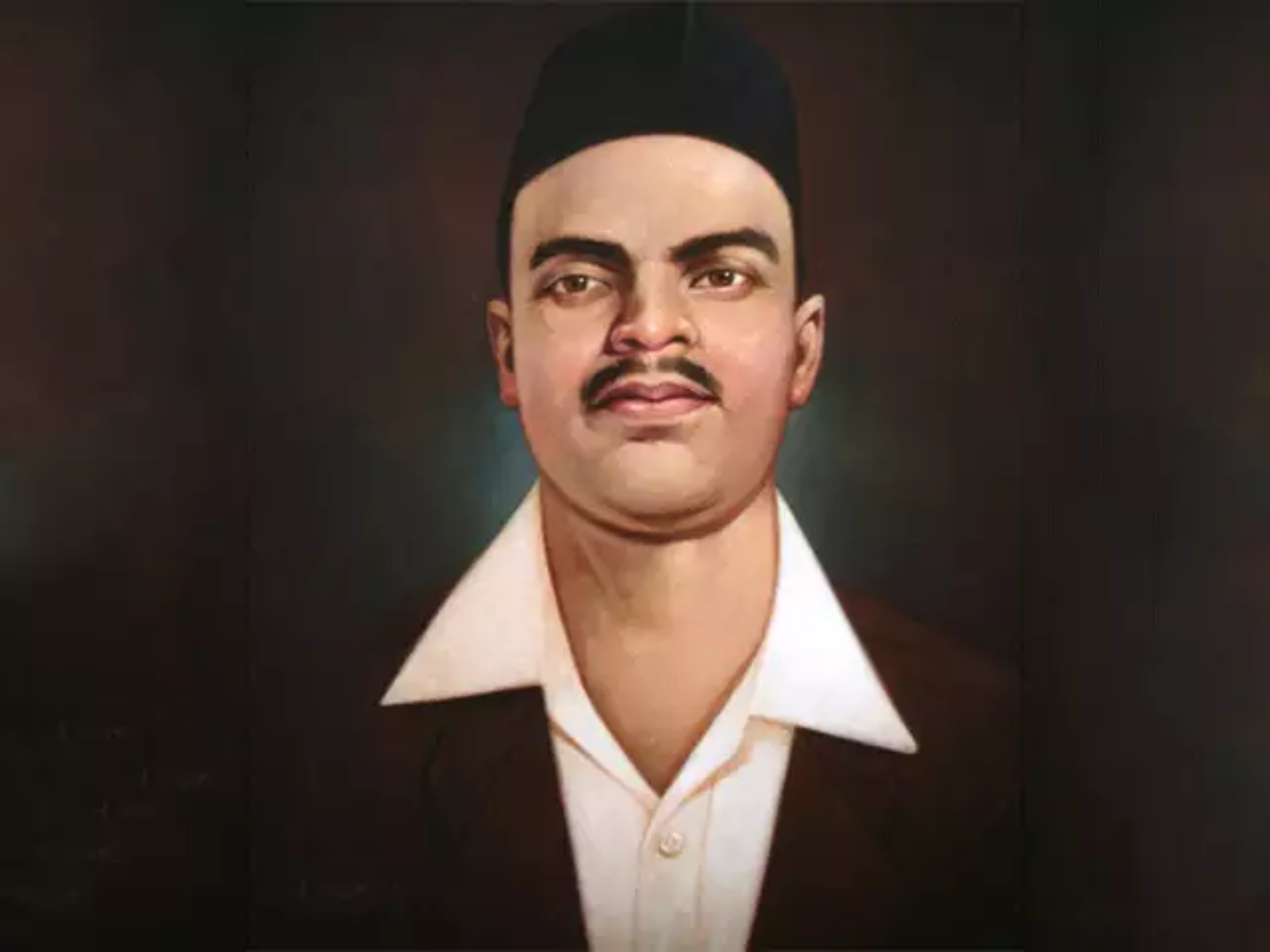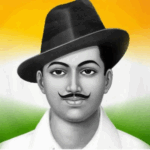Now Reading: Chandra Shekhar Azad
-
01
Chandra Shekhar Azad
Chandra Shekhar Azad
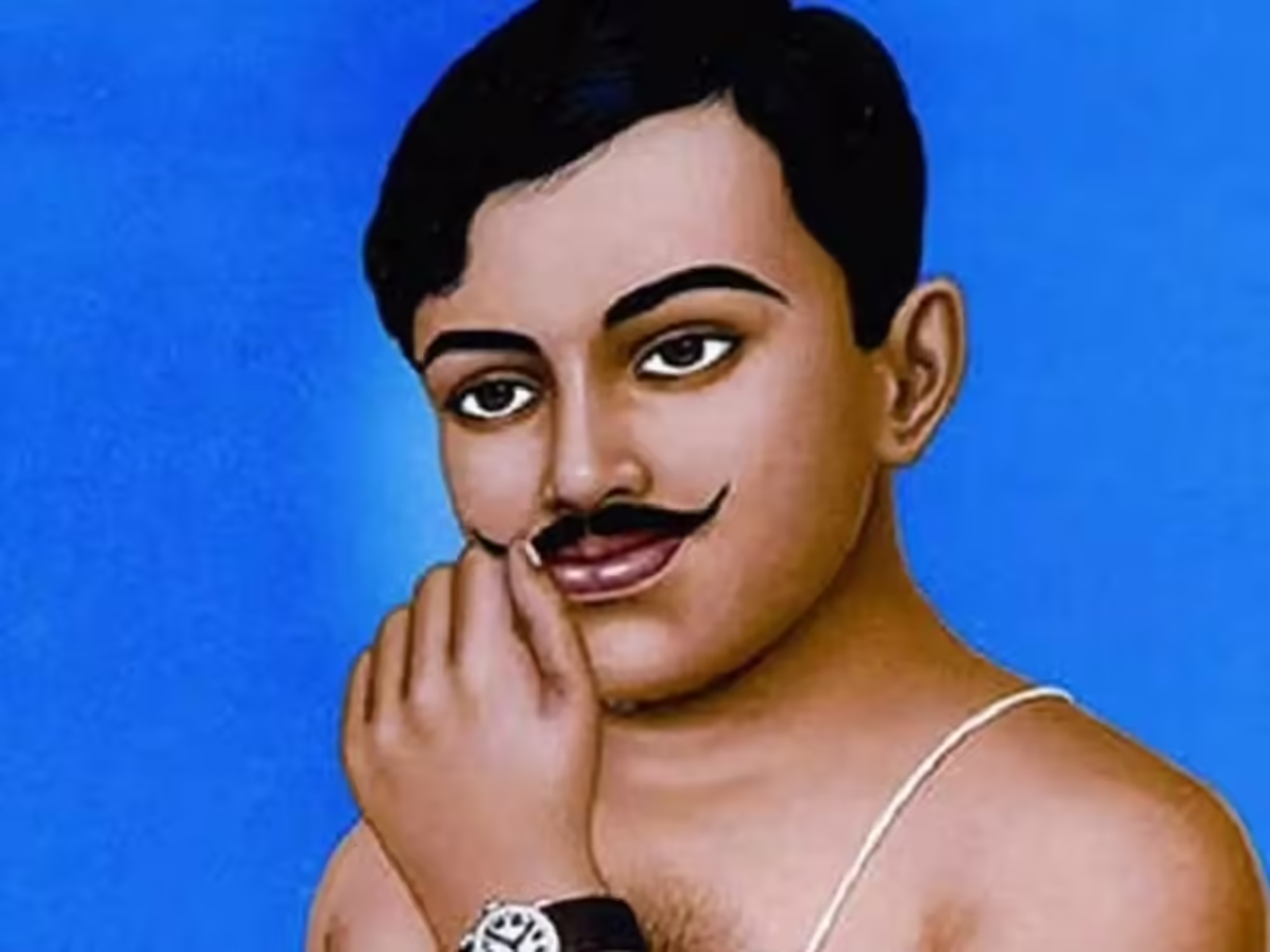
Chandra Shekhar Azad: The Uncaptured Symbol of Indian Freedom
Introduction
Chandra Shekhar Azad (born Chandrashekhar Sitaram Tiwari; 23 July 1906 – 27 February 1931) remains one of the most celebrated revolutionaries in India’s independence movement. Known for his courage, unwavering resolve, and commitment to never being captured alive, Azad became a powerful symbol of resistance against British colonial rule. This tribute pays homage to his life, ideals, and our collective memory.
Early Life & Awakening (1906–1921)
Birthplace & Family Background
Born in Bhavra (also spelled Bhabhra) village, into a Brahmin family, Azad’s parents were Sitaram Tiwari and Jagrani Devi (shradhanjali.com, Wikipedia). Raised with a sense of duty and a strong moral compass.
Jallianwala Bagh Massacre: A Defining Moment
The 1919 Jallianwala Bagh tragedy deeply affected him. Horrified by the massacre, Azad resolved that violent colonial oppression could not go unchallenged shradhanjali.com.
Non-Cooperation & Choosing the Name “Azad”
In 1921, at just 15, he joined Gandhi’s Non-Cooperation Movement. When arrested, he declared his name as “Azad” (meaning “free”) and his father’s name as “Swatantrata” (Independence), and his residence as “Jail.” For this defiance, he received fifteen lashes, shouting “Bharat Mata ki Jai!” with each strike
Turning to Revolution: Joining the Freedom Struggle (1922–1928)
From HRA to HSRA
After Gandhi paused the movement, Azad gravitated toward direct action. He joined the Hindustan Republican Association (HRA), later reorganizing it as the Hindustan Socialist Republican Association (HSRA) in 1928, alongside Bhagat Singh, Sukhdev, and Rajguru.
Training Ground: Jhansi
He made Jhansi the HSRA hub. Within Orchha’s forests, he trained recruits in marksmanship, led a covert life under the alias “Pandit Harishankar Brahmachari”, and built a strong rapport with villagers of Dhimarpura (now called Azadpura).
Revolutionary Acts & Sacrifices (1925–1928)
Kakori Train Robbery & Aftermath
Azad played a significant role in the KSRA’s planning of the Kakori train robbery in 1925, an act aimed at funding revolutionary activities. After the raid, he evaded arrest while several of his comrades were captured and sentenced to death.
The Lahore Shootout
To avenge Lala Lajpat Rai’s death at the hands of the police, Azad, with his associates, mistakenly shot J.P. Saunders instead of the intended target, Superintendent Scott. Azad personally shot Constable Channan Singh, who gave chase.
The Final Stand: Alfred Park (1931)
Betrayal & Death
On 27 February 1931, at Alfred Park (now Chandrashekhar Azad Park) in Allahabad, Azad was surrounded by British police. Despite wounds and exhaustion, he covered his compatriot’s escape and, in keeping with his promise never to be captured alive, used his last bullet on himself.
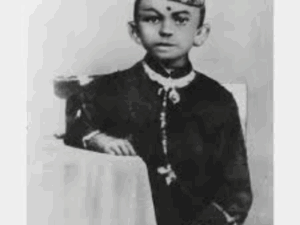
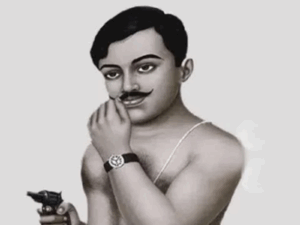
Legacy & Impact
Renaming of Alfred Park
The British-era Alfred Park in Prayagraj was renamed Chandrashekhar Azad Park, honouring the spot where he laid down his life for freedom.
Institutions & Cultural Memory
Many institutions, roads, and schools bear his name. His life remains a source of inspiration, immortalised in literature, films, and television over generations.
Why We Remember Azad
Symbol of Martyrdom
Azad’s pledge to never be taken alive spoke volumes—a potent message that echoed across time and inspired Indian youth.
Revolutionary Ideology
He believed in a socialist India, free from oppression—a vision that went beyond political freedom to social equity.
Mentor and Leader
Azad not only fought but also trained and mentored many young revolutionaries, ensuring that the struggle continued even after his death.
Closing Thoughts
This tribute offers a clear, respectful, and emotionally resonant account of Chandra Shekhar Azad’s life. It emphasises his humanity—his early schooling, his resolve, his bonds with fellow revolutionaries, and the ideals that guided every decision. Let me know if you’d like help fleshing out any particular section in more detail or adapting it to a specific tone or audience!


